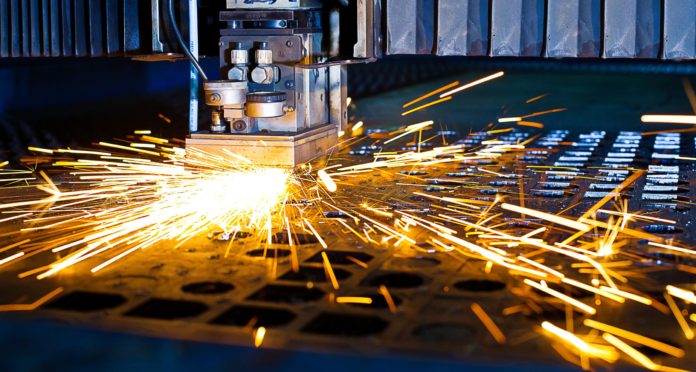The first industrial revolution introduced the world to the potential of mechanization and changed history forever. Now, with the rise of data-driven technologies, we are entering the fourth industrial revolution. It’s not an overstatement to say that this moment in manufacturing is as significant as anything that has come before.
Manufacturers are already hitting unbelievable targets for productivity, efficiency, consistency, speed, and much more. Plus, they are doing things that have never been possible before in terms of design, fabrication, and distribution. It’s not surprising the US manufacturers are expected to have another great year, and that global manufacturing remains robust.
It’s clear that the outlook is bright. What requires equal understanding is the kinds of trends disrupting the manufacturing industry for the better:
Working in Virtual Spaces
Virtual reality has countless applications in manufacturing. Products can be designed and tested in virtual environments to cut costs and speed up the time to market. Similarly, technicians could work with augmented reality goggles to overlap digital knowledge onto physical spaces. In general, virtual reality gives manufacturers a space to test things out with little cost or consequence so that finished product is as close to perfect as possible.
Printing in Three Dimensions
3-D printing is cutting down the cost of prototyping and allowing manufacturers to produce more parts in-house. This technology also simplifies complex parts and makes new types of fabrication possible. As the accessibility and utility of 3-D printing develop, this will become an indispensable manufacturing technology.
Leveraging Data at All Levels
Manufacturing is a detail-oriented operation. But, until recently, most of those details were unknown and unknowable. Thanks to the advent of manufacturing data analysis, however, it’s possible for any producer to precisely evaluate performance. Analytics reveals where processes are breaking down, costs are inflating, and strategic opportunities lie. Essentially, it empowers present and future manufacturers to improve anything and everything.
An Intelligent Robot Workforce
Robots are already ubiquitous in manufacturing, but they are becoming both smarter and more widespread. Future robots will be able to handle complex tasks autonomously. Human workers will also increasingly work with or control robots to complete their work. This will involve the displacement of some workers, but it will also lead to new jobs and new types of jobs throughout manufacturing.
Everything Is Connected
Most things are now connected to the internet, and it’s true of manufacturing equipment as well. Connected sensors will be incorporated into machinery, assembly lines, trucks, and much more. All those sensors will capture and transmit data from the front lines of a manufacturing operation. The importance of analytics was mentioned above, but connected devices will provide an essential pipeline of data.
What is remarkable is that for an industry that is changing so much, the outlook is so bright across the board. These trends will cause some uncertainty and some turbulence without a doubt. Over time, however, they are expected to benefit manufacturers, workers, and consumers alike. The future of manufacturing looks a lot more exciting than what it’s replacing.
More News to Read
- The Future of Digital Banking: AI-Driven Smart User Journeys
- Breakthrough in Electron Microscopy Sets World Record for Image Resolution
- How the Brain Understands What We See and Knows the Right Action to Take
- How the Brain Understands What We See and Knows the Right Action to Take
- Researchers Develop Synthetic T-Cells That are Almost an Exact Replica of Human T-Cells

